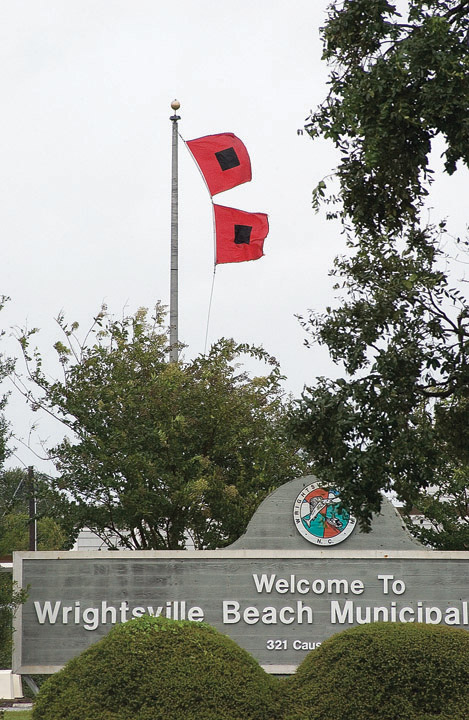An early 2014 Atlantic hurricane season forecast shows a below-average season with an estimated nine named storms and three hurricanes.
The forecast report, by Dr. Philip Klotzbach and Dr. William Gray of the department of atmospheric science at Colorado State University, was released April 10.
Within the number of storms predicted, only one major hurricane is expected to make landfall during the Atlantic hurricane season from June 1 to Nov. 30.
Colorado State has conducted forecast predictions since 1984. Klotzbach, a research scientist, said the 2013 season forecast did not verify well and was probably the worst forecast.
“So obviously the big question is, well, if you didn’t forecast well, what exactly happened?” Klotzbach said. “What it seemed like happened was that we had a really significant cooling of the water, not in the deep tropics but in the subtropics. …The waters in the subtropical Atlantic cooled quite a bit, more than any year we had seen in our data set.”
For the 2014 forecast, he said El Niño is a big factor in the below-average season along with a relatively cool tropical Atlantic. The average hurricane season sees 10.1 named storms, with six hurricanes including 2.5 major hurricanes.
The forecast is developed from 1981-2010 data, showing the median activity for the 29-year span. In April, the scientists are able to predict whether the season will be below- or above-average 65 to 70 percent of the time.
“In April, there’s still a pretty significant margin of error since you are still quite a bit away from the events you’re trying to predict,” Klotzbach said.
The chances for accurate predictions increase as the season progresses. The forecast will be updated on June 2 before a final update on July 31.
Klotzbach and Steve Pfaff, warning coordination meteorologist with the National Weather Service in Wilmington, both cautioned against thinking a quiet or below-average season prediction means a season without the potential for significant storms or damage, listing Hurricane Andrew in 1992 as an example.
“There were only six named storms, and the first one that was named was actually Hurricane Andrew, which was a category 5 storm that devastated south Florida,” Pfaff said. “… I like the predictions, because it also gets people thinking about the hurricane season.”
Residents should have a plan before hurricane season begins, including a plan A and a plan B for evacuation depending on where the storm is expected to hit.
“With a tornado, we need a different plan than we have for hurricanes, two entirely different hazards we face,” Pfaff said. “Fortunately we have time with hurricanes, more so than the minutes we have with a tornado.”
People new or moving to the area can talk with others who have experienced storms to learn about potential impacts, like storm surges.
“We can’t afford to take a break,” Pfaff said. “We need to prepare again like this season is going to be the year that we get hit.”
email [email protected]




